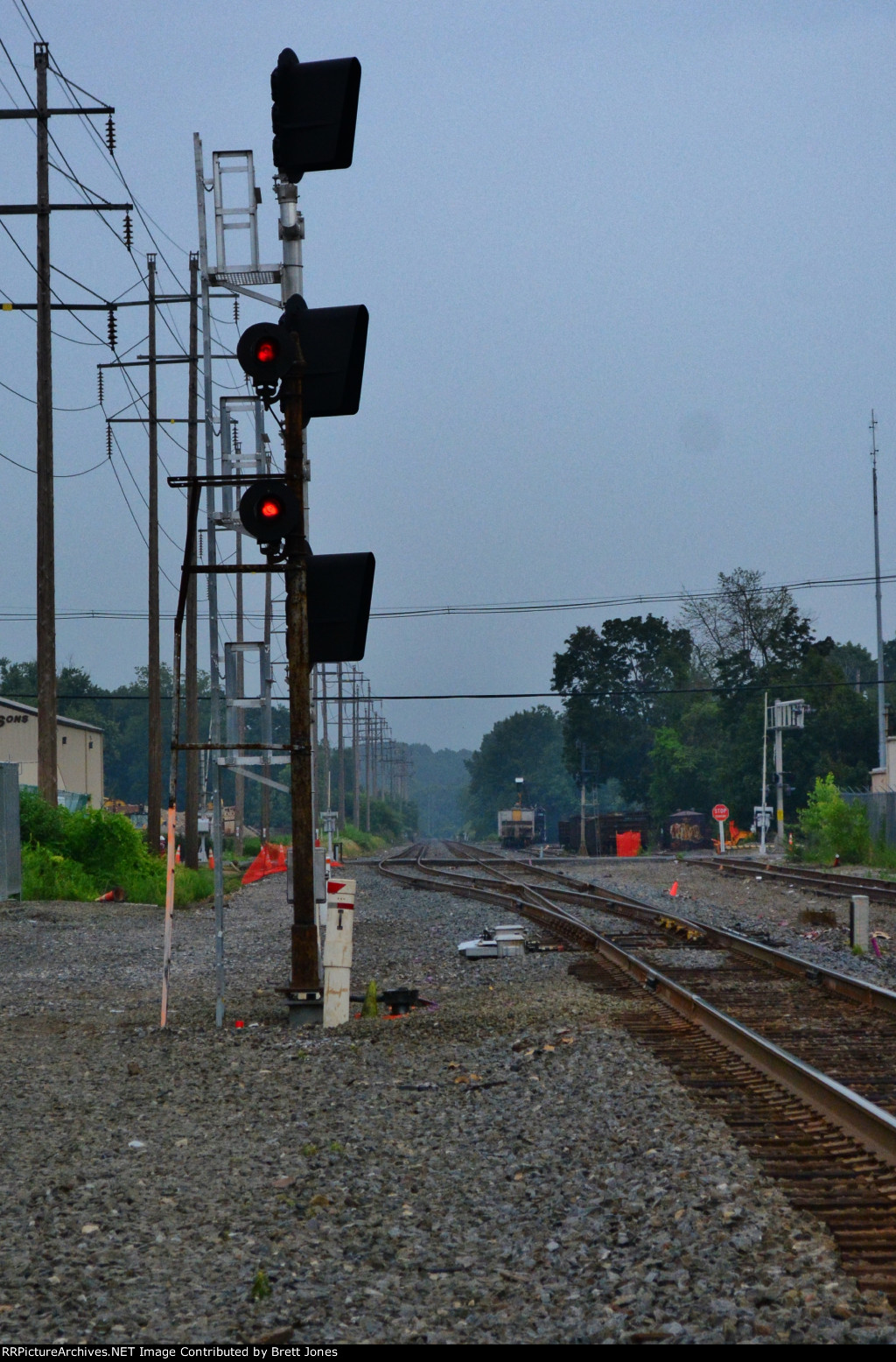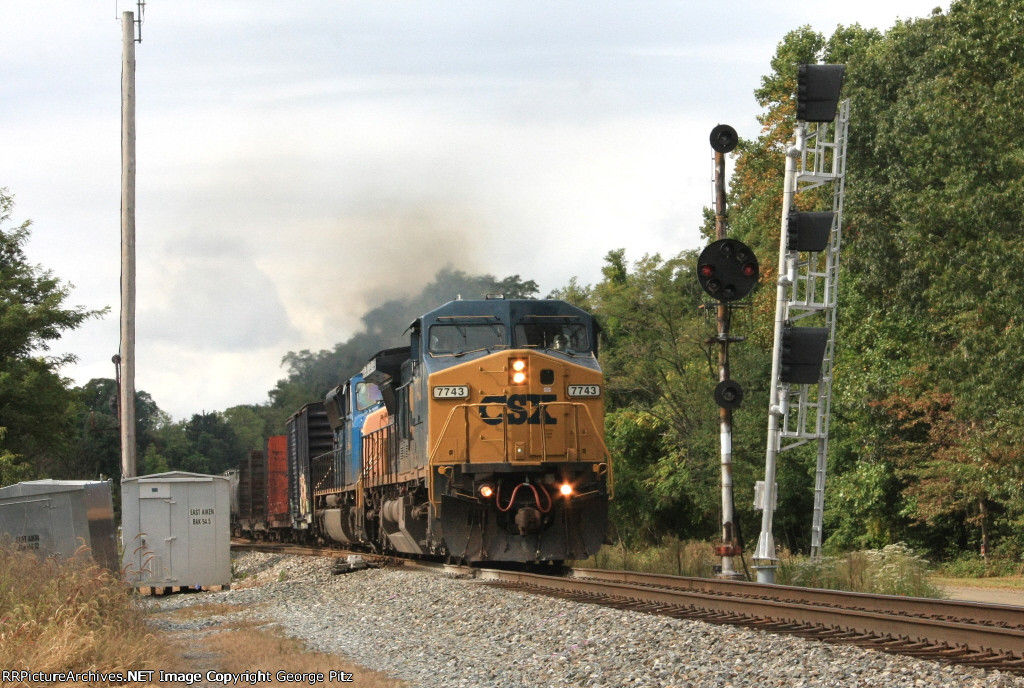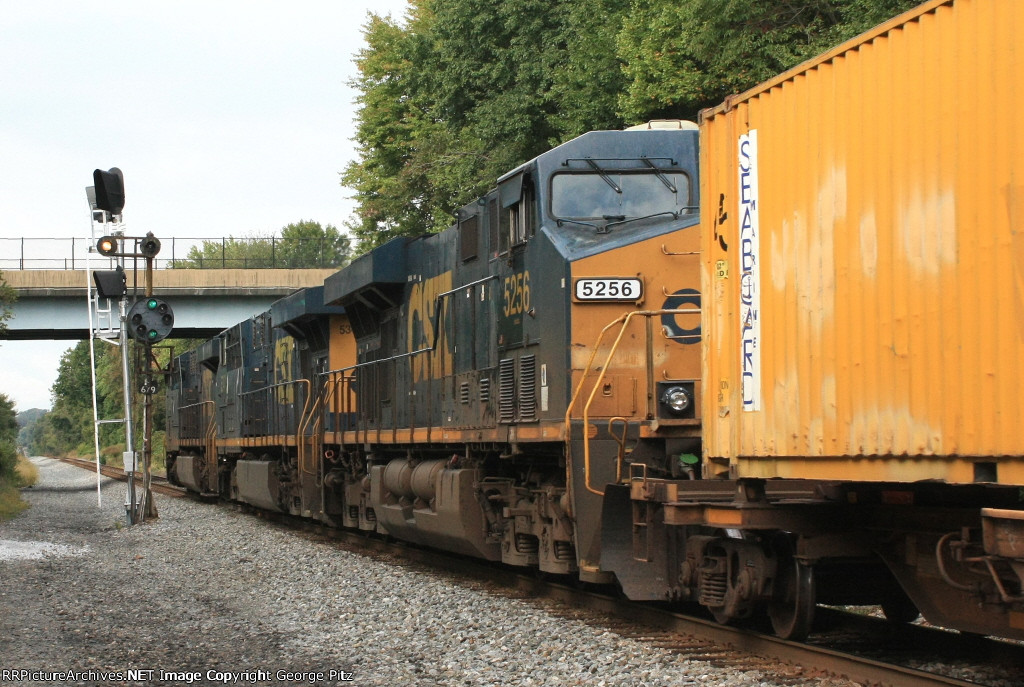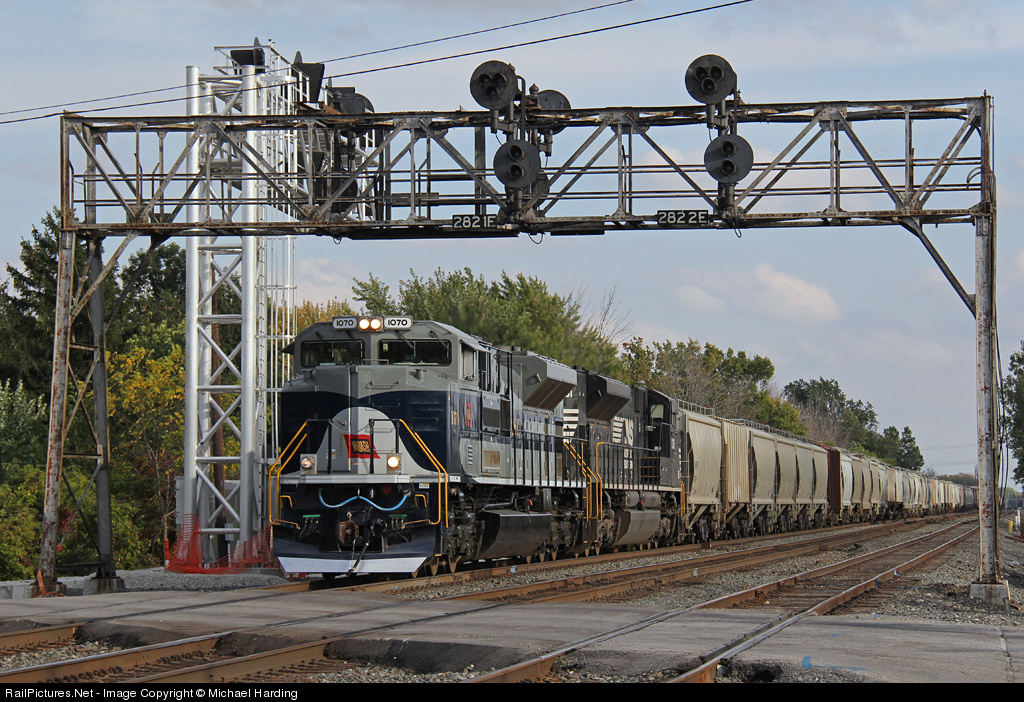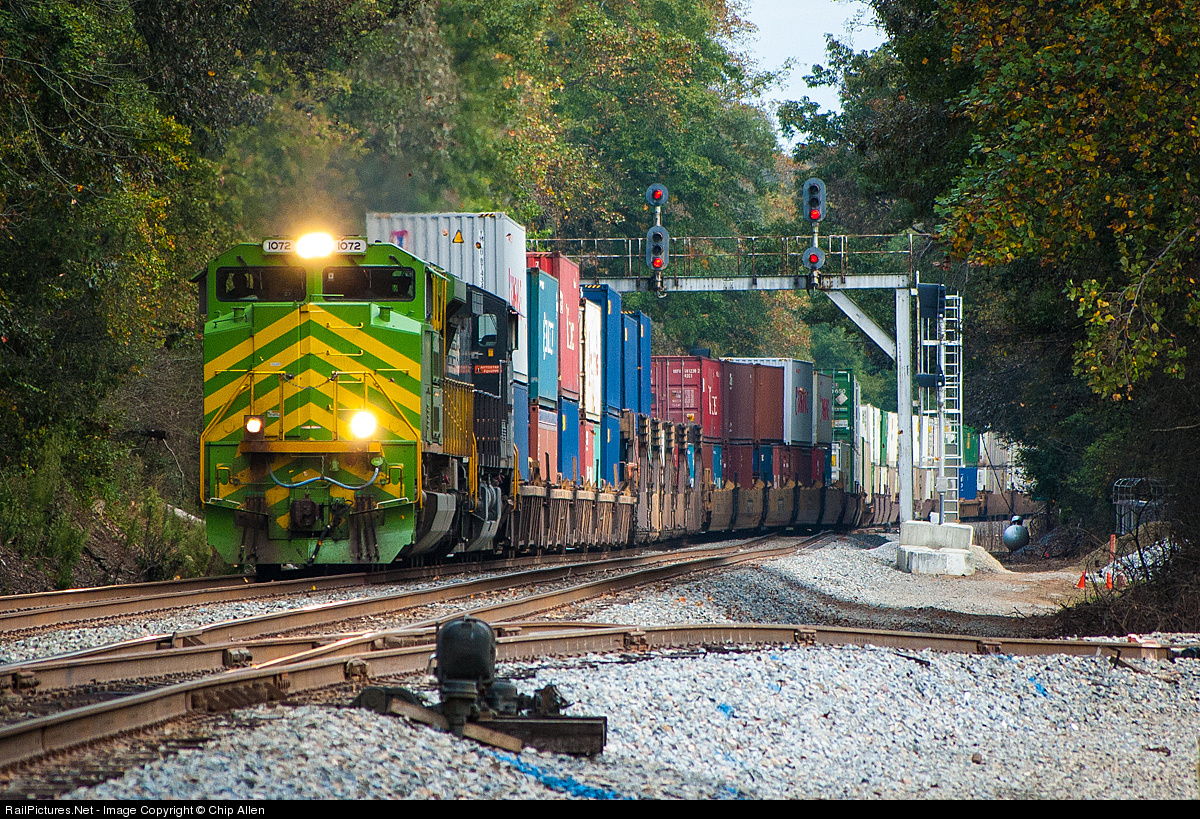This will be the first of a series of posts on the former PRR Port Road and Enola Branch. Through my own efforts and the efforts of a friendly Amtrak employee I have compiled a full record of the line before the recent resignaling efforts by NS.
In April 2009 I got a chance to document a rather interesting interlocking on the currently Norfolk Southern Enola Branch. The line was originally part of the Pennsylvania Railroad before being controlled by both the Penn Central and Conrail. What today is called STELL interlocking is located directly south of the once famous
Enola Yard which was up through the 1950's, the world's largest railroad yard with 145 miles of track and two classification humps.
Through the PRR eta Enola was the hub of their freight operations in eastern Pennsylvania. The yard sat at the junction of the east-west Main Line from Philadelphia to Pittsburgh as well as the
Northern Central route from Baltimore to Buffalo. Also important were the low-grade freight which, as the name implied, provided a low grade alternative to the main line between Harrisburg and Philadelphia as well as the Port Road branch, which ran down the Susquehanna River to the main line between Philadelphia and Washington DC. The Port Road was the preferred freight route to the south as it had lower grades than the curvy Northern Central.
In the late 1930's the low-grade lines and Port Road were electrified and for 50 years saw an endless parade of powerful Motors hauling the PRR's freight toward Pittsburgh with a stop in Enola to change the power and re-crew. Through the 70's and 80's the PRR became the PC which was nationalized into Conrail after the PC's record bankruptcy. Amtrak gained control of the Northeast Corridor and that line, once integral to the PRR's east coast freight service, because increasingly off limits to freight, with traffic moved to parallel, and non-electrified lines. Eventually, the Port Road and Enola Branch became host to those few trains destined to the ports of Wilmington, Baltimore and the Delmarva peninsula, operating at night over Amtrak's corridor to avoid interfering with high speed passenger trains.
The reason I have launched into all this backstory is because it is important to understand how the signaling has evolved. When the line was electrified in the late 1930's the signaling was thoroughly rebuilt with cab signals and power supplied from the electrification. The Port Road and parts of the Enola branch made extensive use of CTC. In the 70's and 80's traffic on this route was declining, but the route wasn't burned with lots of interlocking towers. Moreover while traffic was declining, Amtrak's white periods forced a lot of trains into a small window of time, so there was no way to downgrade the route or signaling. The result was that the Enola Branch and Port Road were frozen in time, even keeping their all amber PRR position lights instead of getting the red upper head - - lenses installed by the Penn Central and Conrail.
For a quick reference one can find the 1998 Conrail employee timetable of the line
here and the part with STELL interlocking
here. Unlike most Conrail interlockings STELL was not prefixed with a "CP-" which puts the interlocking in the category of a train order block limit. I don't know why this was done, but its something I have seen on some single direction ABS lines elsewhere.
Going back to the days of the PRR, STELL interlocking didn't even exist. It was part of a larger interlocking called DAY.
Built in 1930 DAY controlled the
south end of Enola Yard with a mechanical lever frame. Where
STELL currently sits was where the Enola Branch split in two with two trains proceeding directly along the river and two tracks splitting off to rise up to
LEMO tower and
its junction with the bridge over the Susquehanna River and Shippensburg Branch. This split was technically part of DAY interlocking, but was controlled by a small 5-unit "table interlocker", which was a US&S product that used single lever modules that could be hooked together and placed on a table top to control simple junctions.
As the line proceeded south (railroad east) from LEMO it followed the British practice of having the pair of freight tracks next to the pair of passenger tracks. This was because the two passenger tracks would eventually curve inland at Wago Jct, which was slightly past
CLY interlocking, to travel the Northern Central route through York to Baltimore.
In 1942 DAY was drastically rebuilt. The old mechanical section was kept, but 2 more running tracks were installed south of the old interlocking. These tracks and the junction between the LEMO connection were then wired into a brand new US&S Model 14 power frame sitting next to the mechanical frame. The table interlocker was recycled to control a few switches in Enola yard. If you look at the
DAY interlocking diagram you can see which parts of the interlocking are controlled by which machine. Now, sometime in the 70's DAY was reconfigured again with the two track flat split junction being reconfigured into a basic crossover with a single track connection to the Shippensburg Branch. This reconfigured segment of DAY is actually what would become STELL and, somewhat ironically, would outlast the main part of DAY, which was completely removed once freight shifted away from Enola yard after the end of Conrail electrified operations in 1981.
I managed to dig up some photos of DAY tower before it was closed and demolished. First we see the tower wedged in between the 4 tracks coming out of Enola yard. As built the tower only had two tracks running in front of it and the road overpass had yet to be built to squeeze them in. The mechanically worked points have also been converted to pneumatic operation. The overhead wires have also been removed.
Here we look inside the tower. The inside has been painted a Penn Central green. In the foreground we have US&S Model 14 power frame, then the mechanical frame in the center of the tower and finally the table interlocker. The model board is common to all three interlocking machines.
Looking the other direction with the mechanical frame in the foreground. The PRR used a slightly different lever color scheme. Most signal levers were yellow and check levers were red (with black and blue being the standard color for switches and facing point locks).
So after DAY tower closed, the crossover and junction with the Shippenburg Branch were spun off into the new STELL interlocking. DAY on the other hand became
a block limit station on the westbound track and a single controlled signals on the eastbound track, there to admit trains into the single block section between the yard and STELL. Here are pictures of that which replaced DAY.
In 2004 Norfolk Southern finally removed the DAY signal and the ABS between there and STELL in order to allow yard moved to back past the signal without needing dispatcher intervention.
Ok, finally we get to STELL interlocking. I have labeled my photos with my best guess of the lever number they received after the 1970's rebuild, so don't take them as gospel, not like it matters. Here we see the eastbound signals on a gantry using the old electrification supports. Note the "Begin Block" signs. The gantry replaced mast signals in the 70's rebuild.
Closeups of the individual signals. Because the line is single direction Rule 251
the signal on 2 track has no full speed routes and
the track 1 signal has no signaled diverging routes. Looking back towards DAY with the high card detector and End Block signs.

